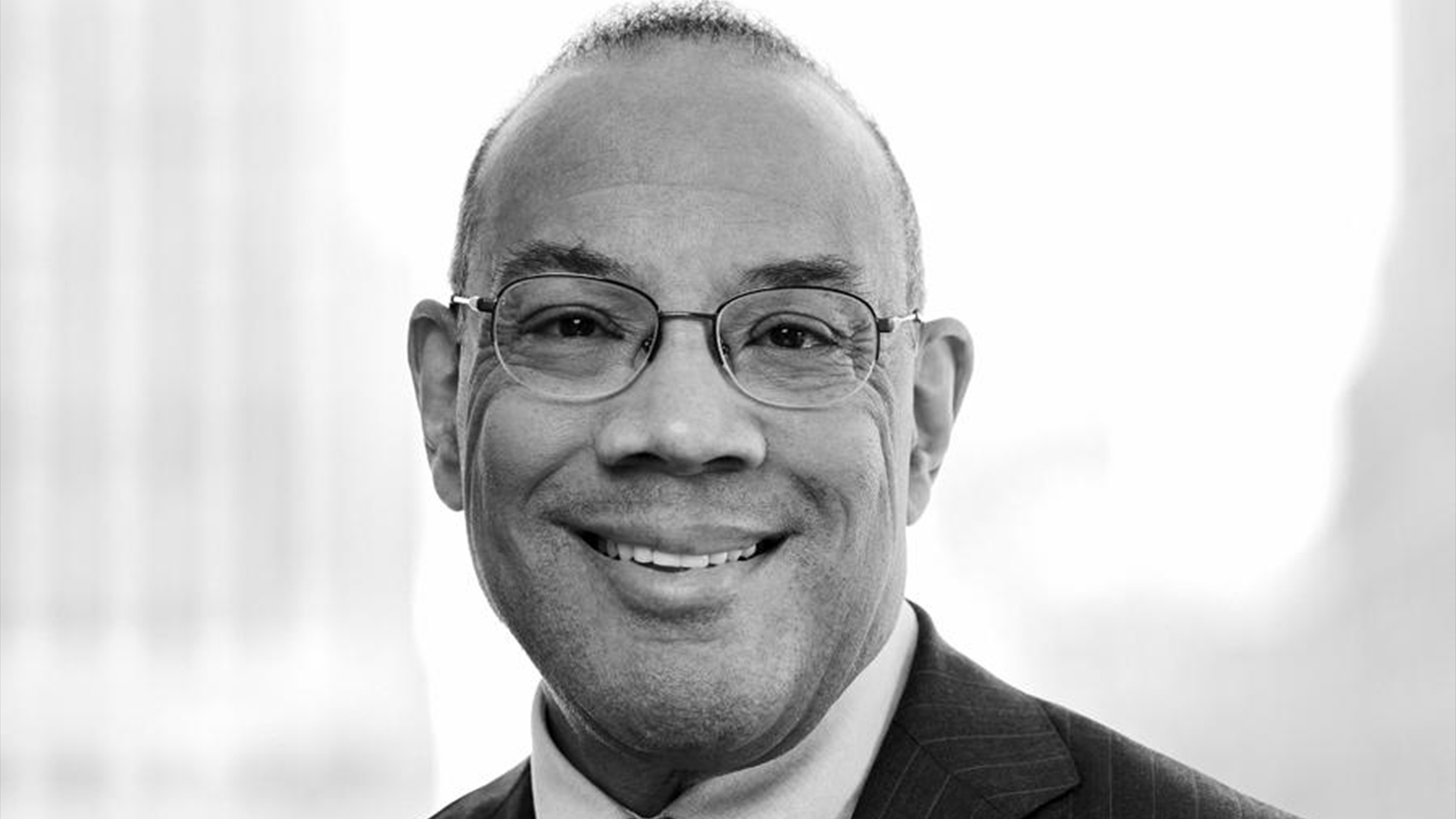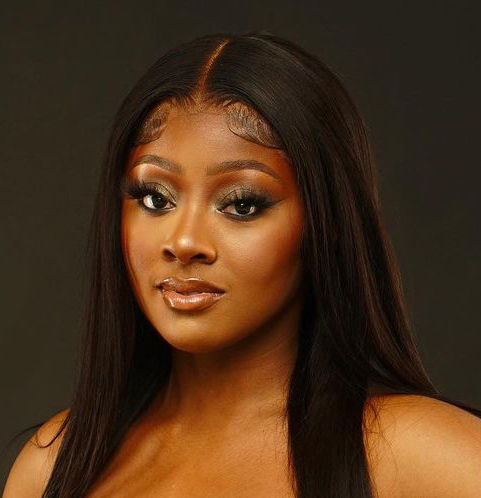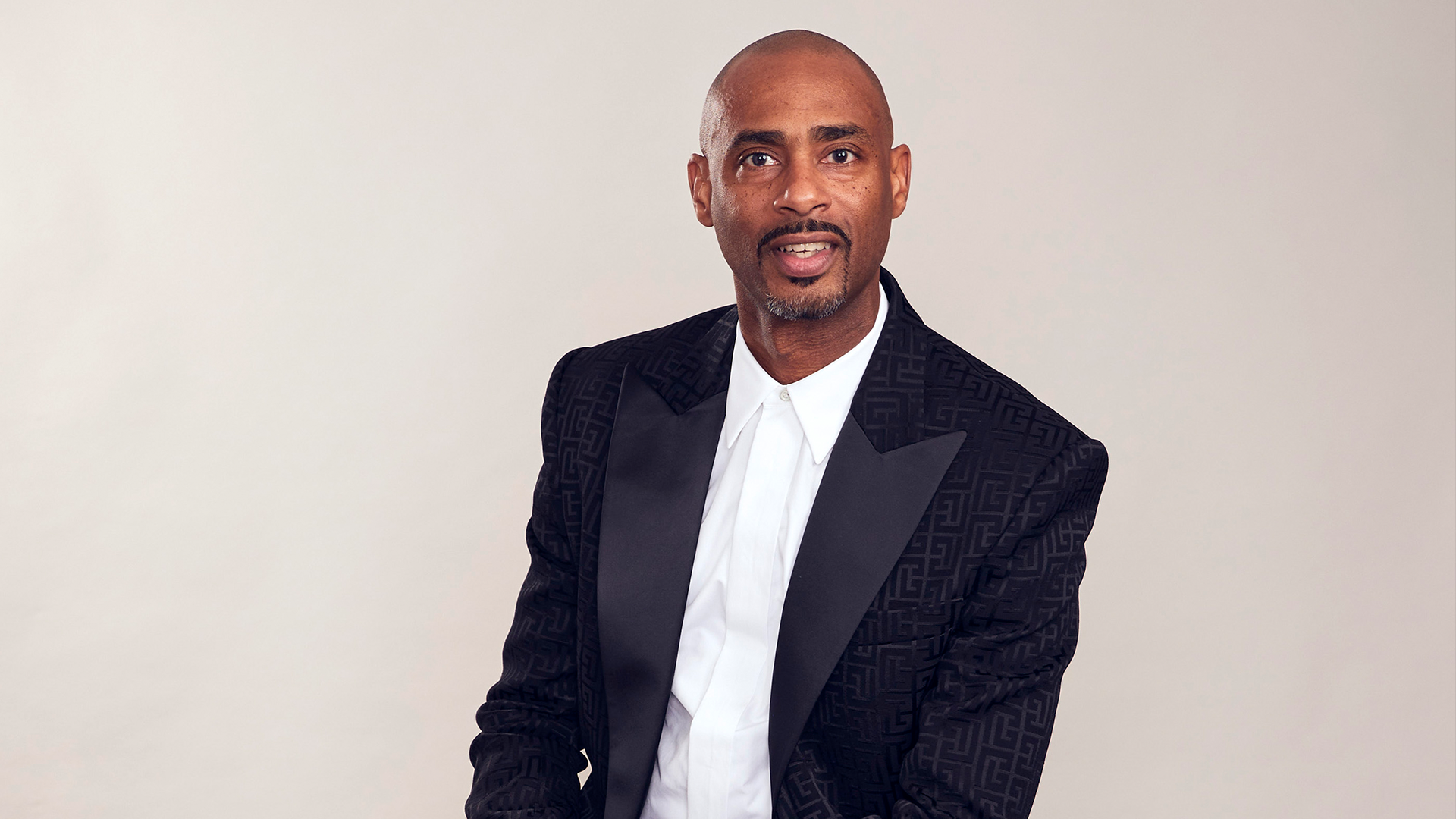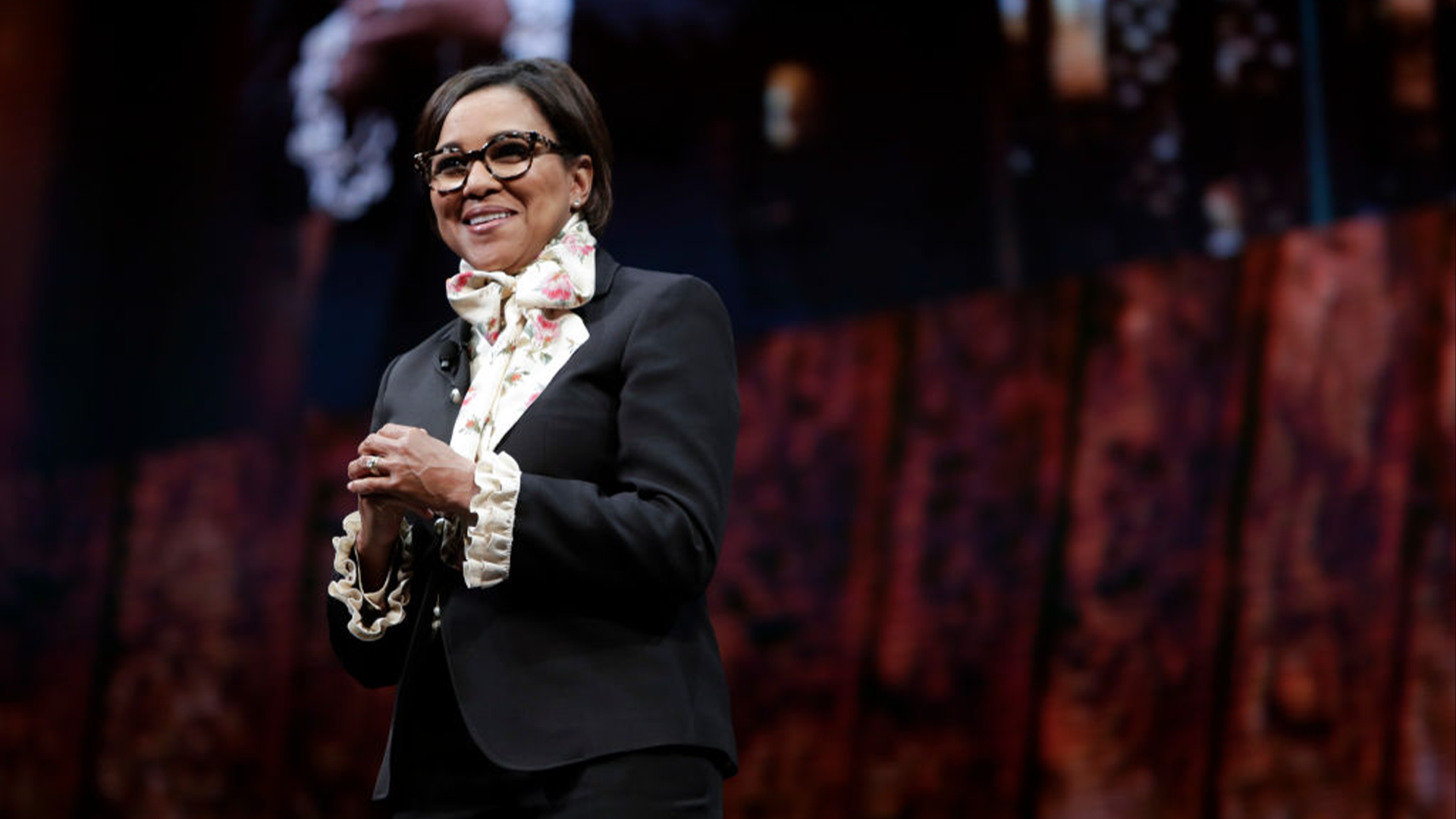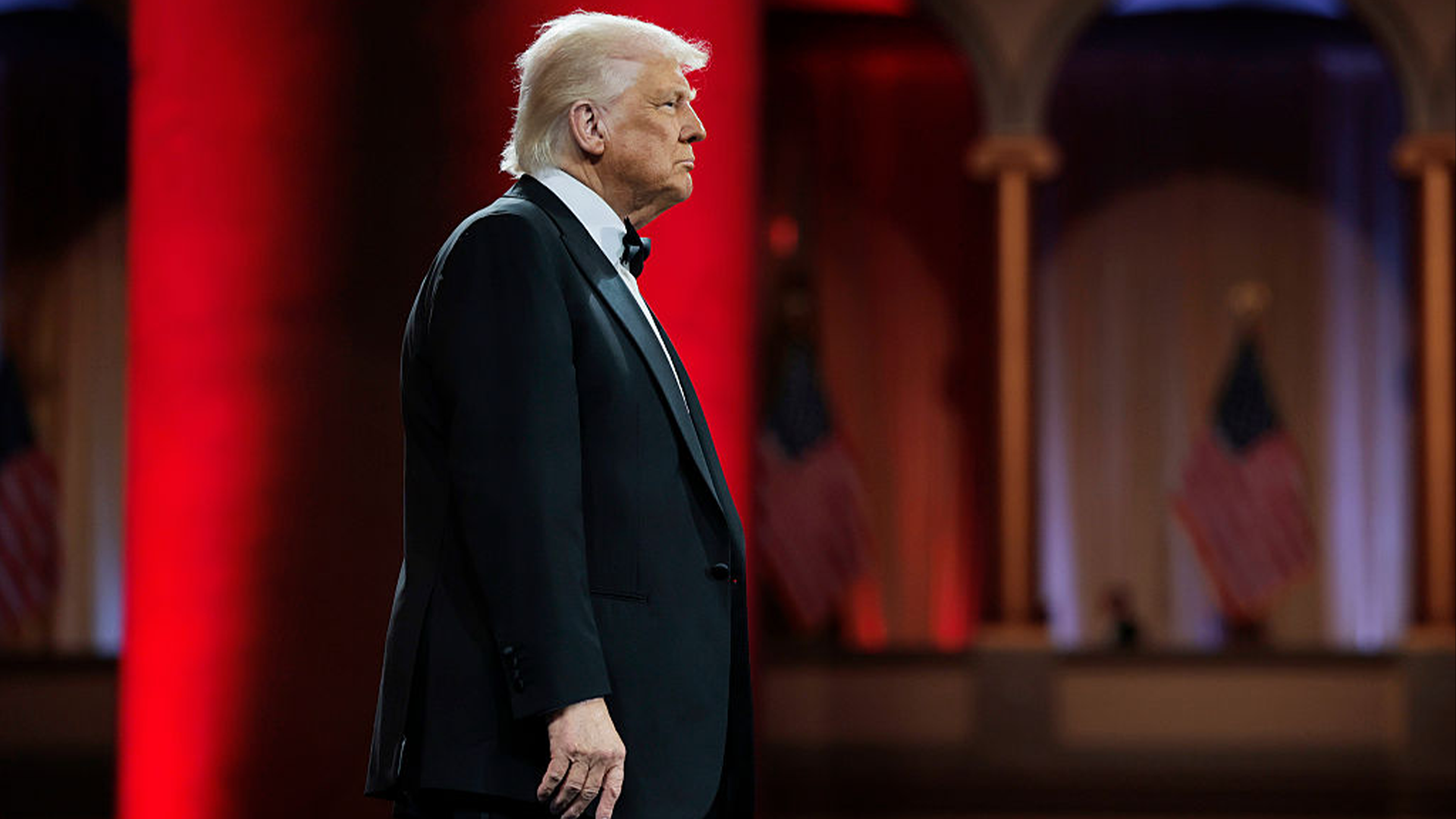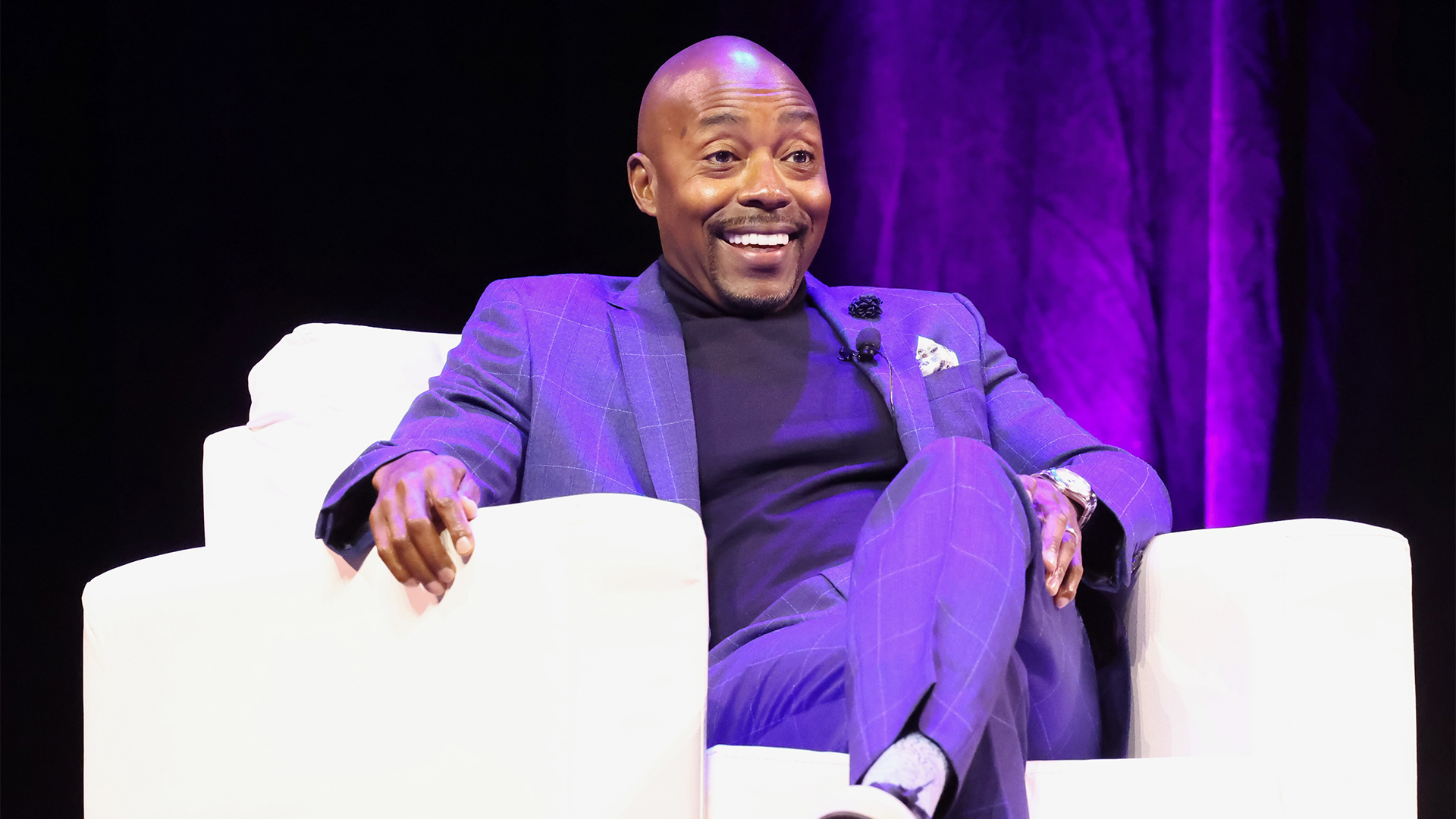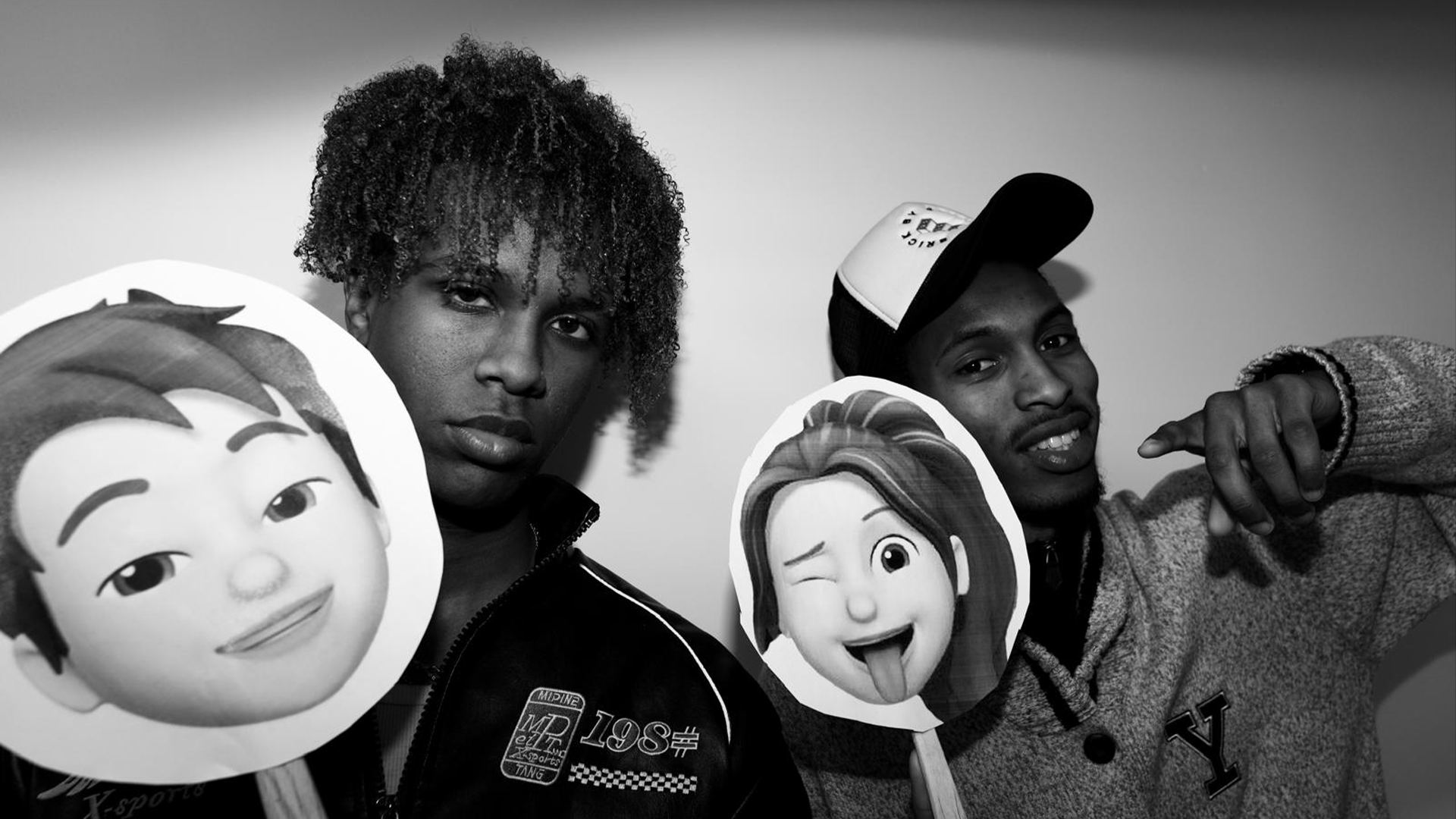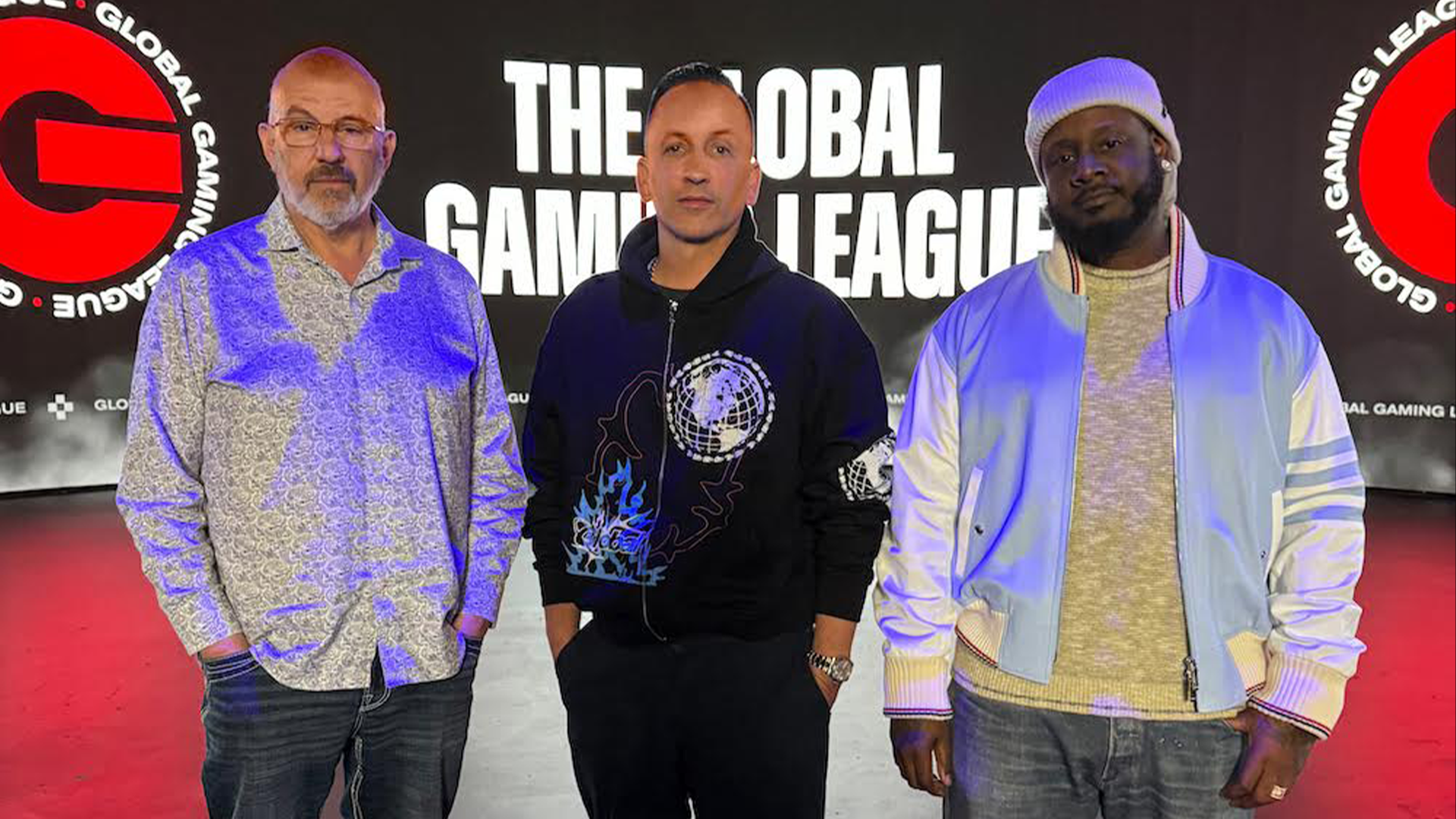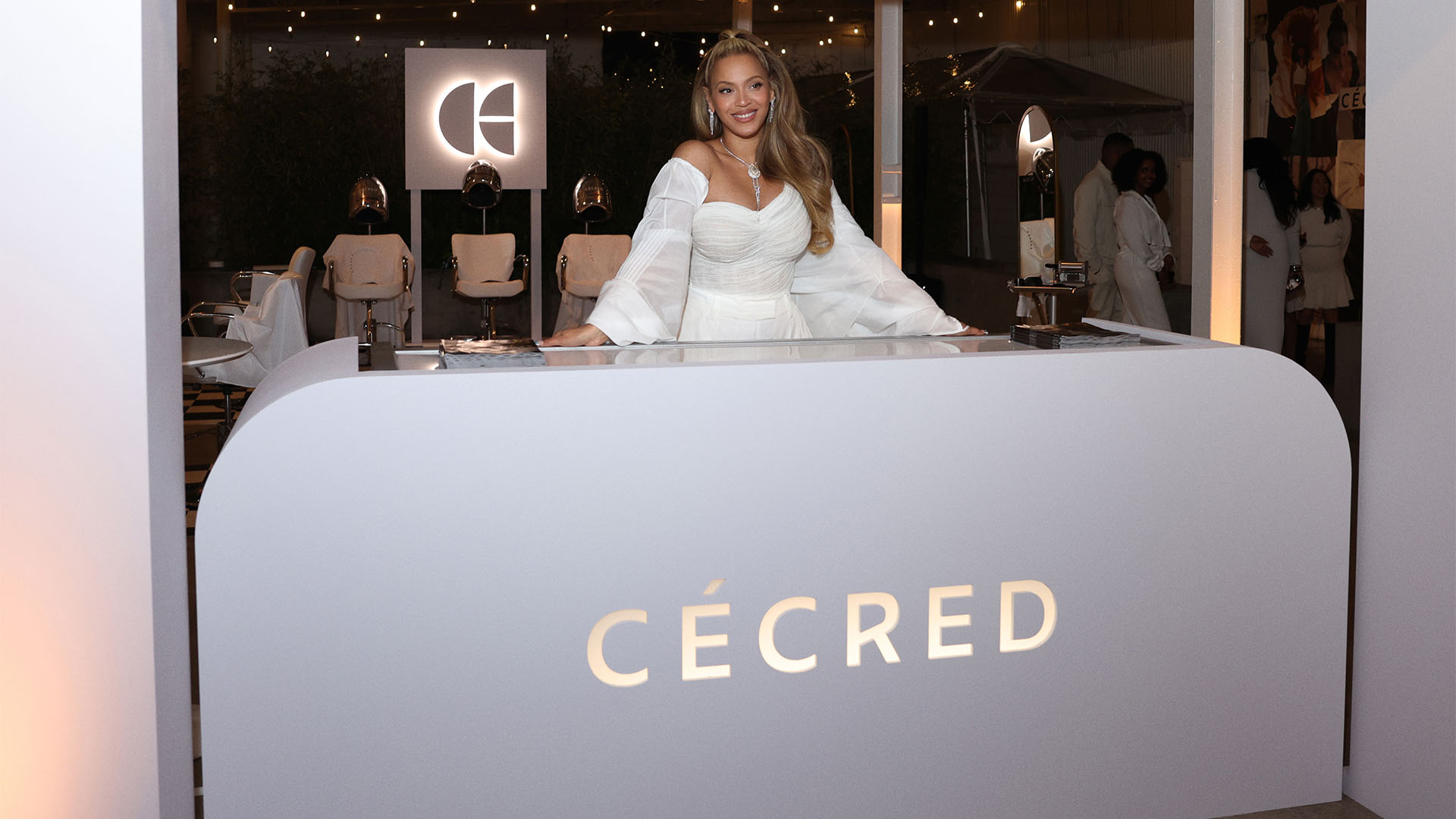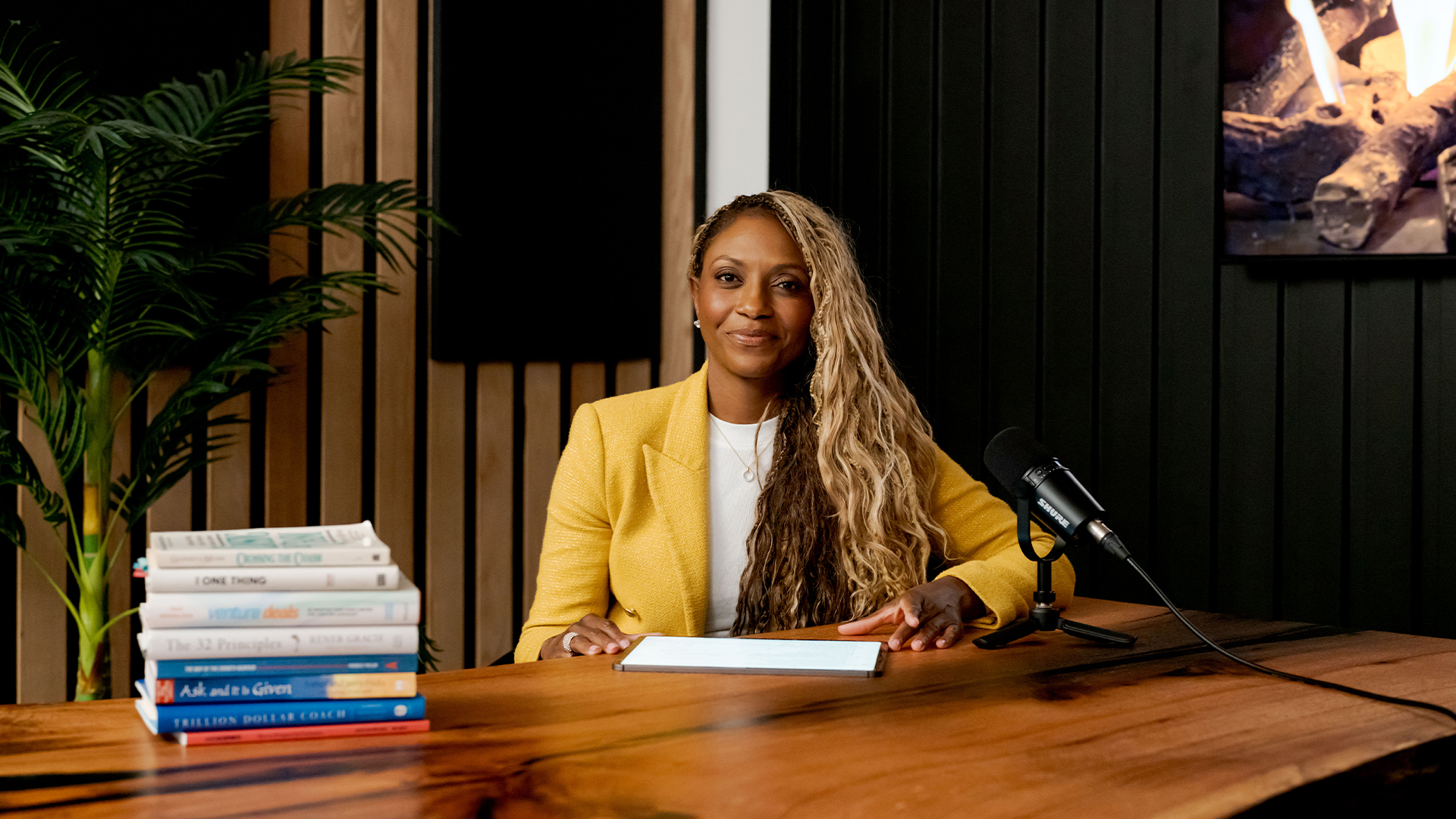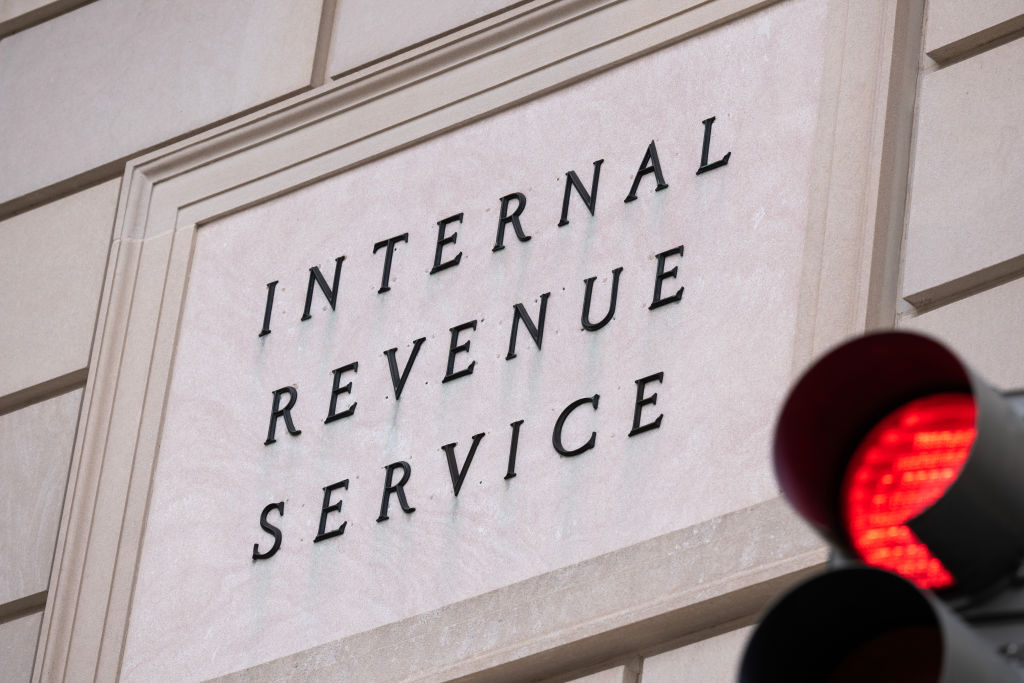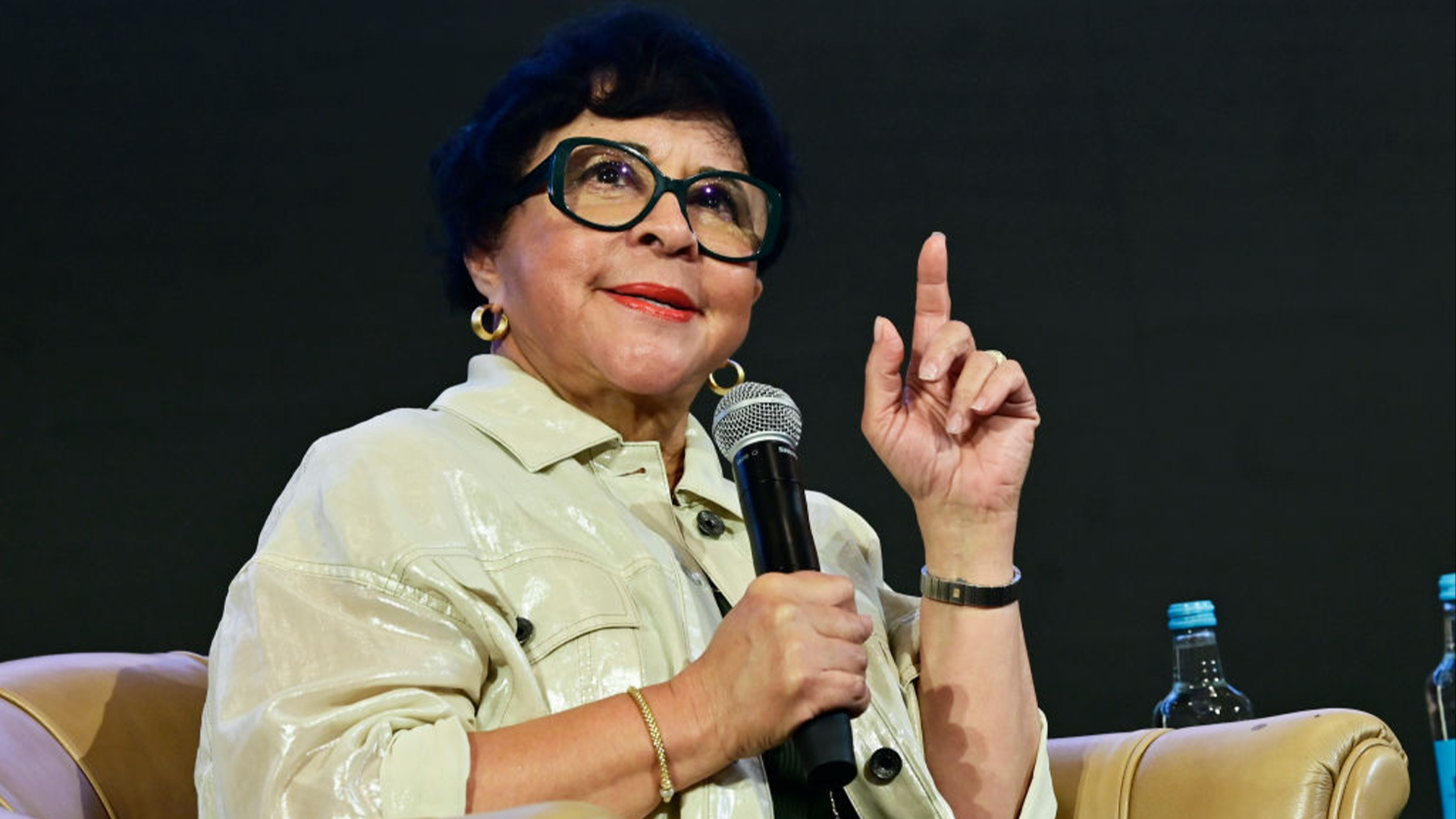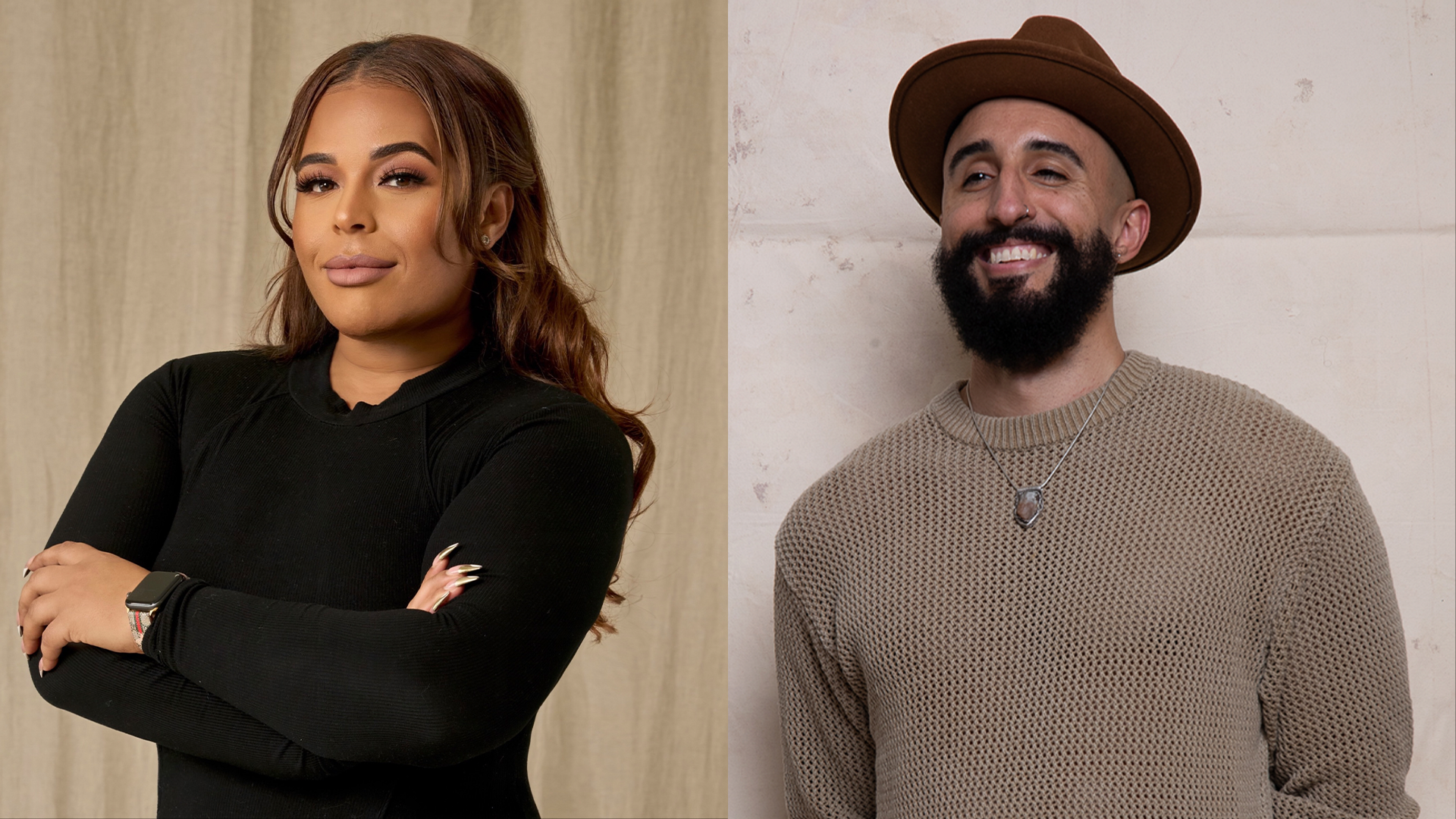John W. Rogers Jr. founded the nation’s first Black-owned asset management firm and remains committed to expanding opportunities for other minority groups.
Rogers comes from a family who upheld civil rights, fairness, and economic justice, he revealed in an interview with the SIU Paul Simon Public Policy Institute. It would be his father who sparked his interest in finance and economics. When Rogers was 12 years old, he received stocks as gifts for Christmas and his birthday. These included $200 worth of shares from companies such as General Motors and Commonwealth Edison, and he was able to pocket the dividends from those investments.
“My dad was very insistent,” Rogers explained in the interview. “He wanted me to learn everything there is to know about the market, so he made me read the annual reports of the companies that were sent out every year, the quarterly reports that the companies would send out in those days, and I’d read about those companies.”
His father also connected him with Stacy Adams, the first African-American stock broker in Chicago, IL. Adams became a mentor to Rogers, and he viewed her as a role model.
Rogers’ passion for economics led him to Princeton University, where he earned a degree in the field while also playing for the school’s basketball team. During that time, he read a book that was a great influence on his life, titled “
Ariel Investments
Rogers graduated from Princeton University in 1980 and worked for two and a half years as a stock broker at William Blair. By 1983, at 24 years old he opened Ariel Investments, the first Black-owned asset management firm in the United States, with $200,000 raised from family and friends, Crain’s Chicago Business reports.
Ariel investments caters to personal and institutional investors through vehicles such as mutual funds, private equity, and 10 separate accounts. The asset management firm is driven by the following values:
- Active Patience
- Independent Thinking
- Focused Expertise
- Bold Teamwork
“We created a brand around patience. I thought if you’re 24, who’s going to give us money to manage college endowment or a pension fund or an individual investor?” Rogers told the SIU Paul Simon Public Policy Institute. “If you’re 24, they’re going to be concerned you’re going to be too risky with their money, that you’re not going to invest it prudently. So, I thought one way to show that we were going to be prudent and careful investors was to create a logo around the tortoise and the idea that Aesop’s fable really would work, that if slow and steady wins the race, the tortoise beats the hare at the end. It was a good message to send to prospective investors that we were going to be patient and prudent with their money.”
Howard University would be Ariel investments’ first client. The firm was given $100,000 to manage its endowment. The following year, Ariel was given $1 million by the city of Chicago to manage a pension plan. This helped to raise the firm’s credibility.
“We were able to build a track record from there and demonstrate that our approach to investing was really working,” Rogers stated.
In 1986, Ariel Investments launched its flagship Ariel Fund, which focused on small- and mid-cap companies. Today the fund holds $2.4 billion in assets as of March 31, 2025, and has the longest track record in its category, according to information on its website.
Ariel Alternatives’ Project Black
By 2009, Ariel Investments as a whole was managing $3.3 billion in assets, and that number has risen to $12.9 billion today, its website mentions. This total includes $1.48 billion allocated to Ariel Alternatives, the firm’s private equity subsidiary, which launched Project Black in 2023 to invest in middle-market companies. This latest venture focuses on those companies not minority-owned as well as those that are Black- or Latino-owned businesses, all earning between $100 million and $1 billion in revenue, as AFROTECH™ previously reported. The fund aims to transform the participants into certified minority business enterprises (MBEs) so they can be of service to Fortune 500 corporations as Tier 1 suppliers, according to a news release.
Championing DEI
While Rogers has had great success, he has also been vocal about ensuring that other minorities have the opportunity to succeed as well. In collaboration with his firm, he partnered with Washington DC leaders to hold institutions accountable for being more transparent about the firms they are hiring, according to The University of Chicago. Rogers also backed legislation in the 1990s for Illinois and Chicago pensions to track and share investments to minority-owned money managers, per Crain’s Chicago Business.
He has championed this initiative because he has lived it,” said Monica Walker, CEO of Chicago-based asset manager Holland Capital Management, according to the outlet. “In living it, you obviously understand what others may be experiencing.”
Rogers, who also serves on boards that include McDonald’s, Nike, and The New York Times Co., has pushed for greater diversity in boardrooms as well.
“If you’re the first woman or first person of color in the boardroom, it’s not easy sometimes to address these tough issues and ask for transparency,” he mentioned, according to The University of Chicago. “But I always think ‘What would John Lewis do and what would Dr. King do?’”
He added, “It’s up to us to force people to be transparent and do the right things and get them out of their comfort zone. If we don’t speak up and speak out, nothing changes.”
AFROTECH™ Future 50
We honor Rogers as a Legacy Leader, a distinction given to individuals who exemplify a category on the AFROTECH™ Future 50 list, which celebrates trailblazers in technology across the categories of future makers, visionary founders, changemakers, corporate catalysts, and dynamic investors.

Apply Today
Today, April 11, 2025, is the last day to be considered for the AFROTECH™ Future 50 list. If you believe you are also making signifiant change within your industry and community, apply here.
